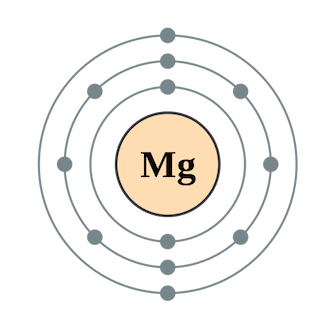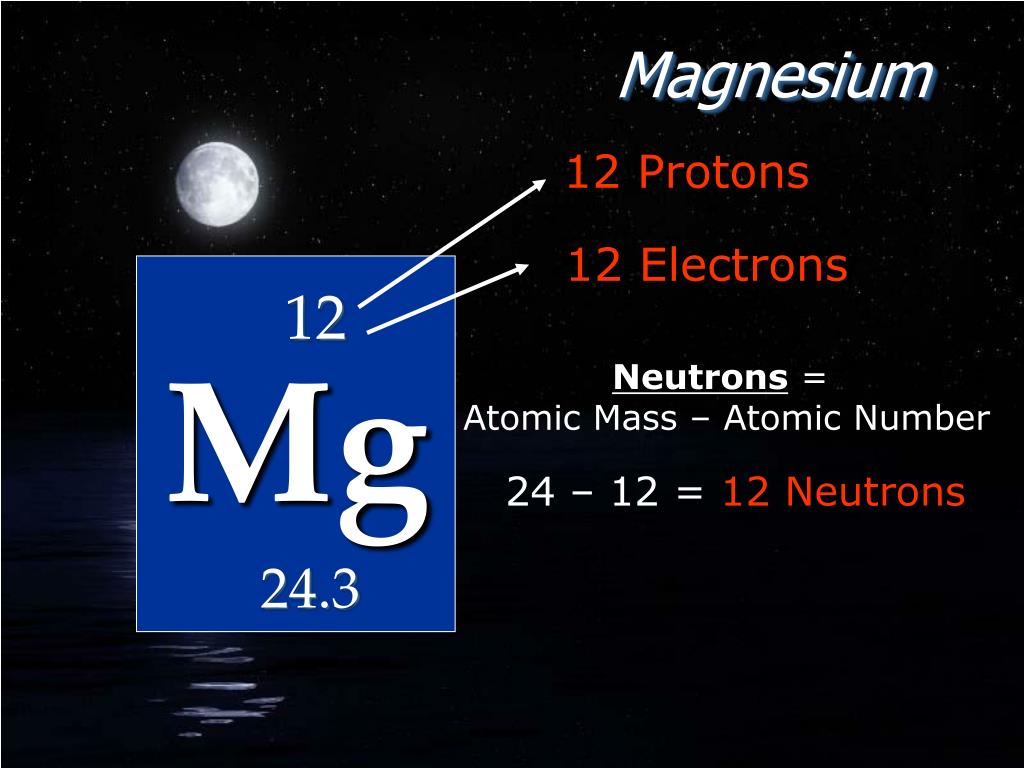
Since 1961, it has been defined with regard to the most abundant isotope of carbon, atoms of which are assigned masses of exactly 12 amu. The amu was originally defined based on hydrogen, the lightest element, then later in terms of oxygen. When describing the properties of tiny objects such as atoms, we use appropriately small units of measure, such as the atomic mass unit (amu) and the fundamental unit of charge (e). For example, a carbon atom weighs less than 2 × × 10 −23 g, and an electron has a charge of less than 2 × × 10 −19 C (coulomb). (credit middle: modification of work by “babyknight”/Wikimedia Commons credit right: modification of work by Paxson Woelber)Ītoms-and the protons, neutrons, and electrons that compose them-are extremely small. For a perspective about their relative sizes, consider this: If the nucleus were the size of a blueberry, the atom would be about the size of a football stadium ( Figure 2.11).įigure 2.11 If an atom could be expanded to the size of a football stadium, the nucleus would be the size of a single blueberry. The diameter of an atom is on the order of 10 −10 m, whereas the diameter of the nucleus is roughly 10 −15 m-about 100,000 times smaller. The nucleus contains the majority of an atom’s mass because protons and neutrons are much heavier than electrons, whereas electrons occupy almost all of an atom’s volume. It was learned that an atom contains a very small nucleus composed of positively charged protons and uncharged neutrons, surrounded by a much larger volume of space containing negatively charged electrons. The development of modern atomic theory revealed much about the inner structure of atoms. Calculate average atomic mass and isotopic abundance.Define the atomic mass unit and average atomic mass.Write and interpret symbols that depict the atomic number, mass number, and charge of an atom or ion.The electronic configuration of Magnesium will be 1s2 2s2 2p6 3s2.By the end of this section, you will be able to: How do you write the electron configuration for Magnesium?

The electronic configuration of Magnesium will be 1s2 2s2 2p6 3s2. What is the electronic configuration of Magnesium 12? What is the boiling Point of Magnesium in Kelvin?īoiling Point of Magnesium in Kelvin is 1363 K. Melting Point of Magnesium in Kelvin is 923 K. What is the melting Point of Magnesium in Kelvin? What is the boiling Point of Magnesium?īoiling Point of Magnesium is 1363 K. Magnesium has 12 electrons out of which 2 valence electrons are present in the 3s2 outer orbitals of atom.

How many valence electrons does a Magnesium atom have? The element Magnesium was discovered by J. It is located in group 2 and period 3 in the modern periodic table. Magnesium is the 12 element on the periodic table. Magnesium is a chemical element with the symbol Mg and atomic number 12. What is the position of Magnesium in the Periodic Table? Magnesium is a chemical element with symbol Mg and atomic number 12. To form abbreviated notation of electronic configuration, the completely filled subshells are replaced by the noble gas of the preceding period in square brackets.

The abbreviated electronic configuration of Magnesium is 3s2. What is the abbreviated electronic configuration of Magnesium? The electronic configuration of Magnesium is 1s2 2s2 2p6 3s2. What is the electronic configuration of Magnesium? Magnesium Thermal Properties - Enthalpies and thermodynamics Optical Properties of Magnesium Refractive IndexĪcoustic Properties of Magnesium Speed of Sound Magnesium Magnetic Properties Magnetic Type Magnesium Heat and Conduction Properties Thermal Conductivity Refer to table below for the Electrical properties ofMagnesium Electrical Conductivity Hardness of Magnesium - Tests to Measure of Hardness of Element Mohs Hardness Refer to below table for Magnesium Physical Properties Densityġ.738 g/cm3(when liquid at m.p density is $1.584 g/cm3)


 0 kommentar(er)
0 kommentar(er)
